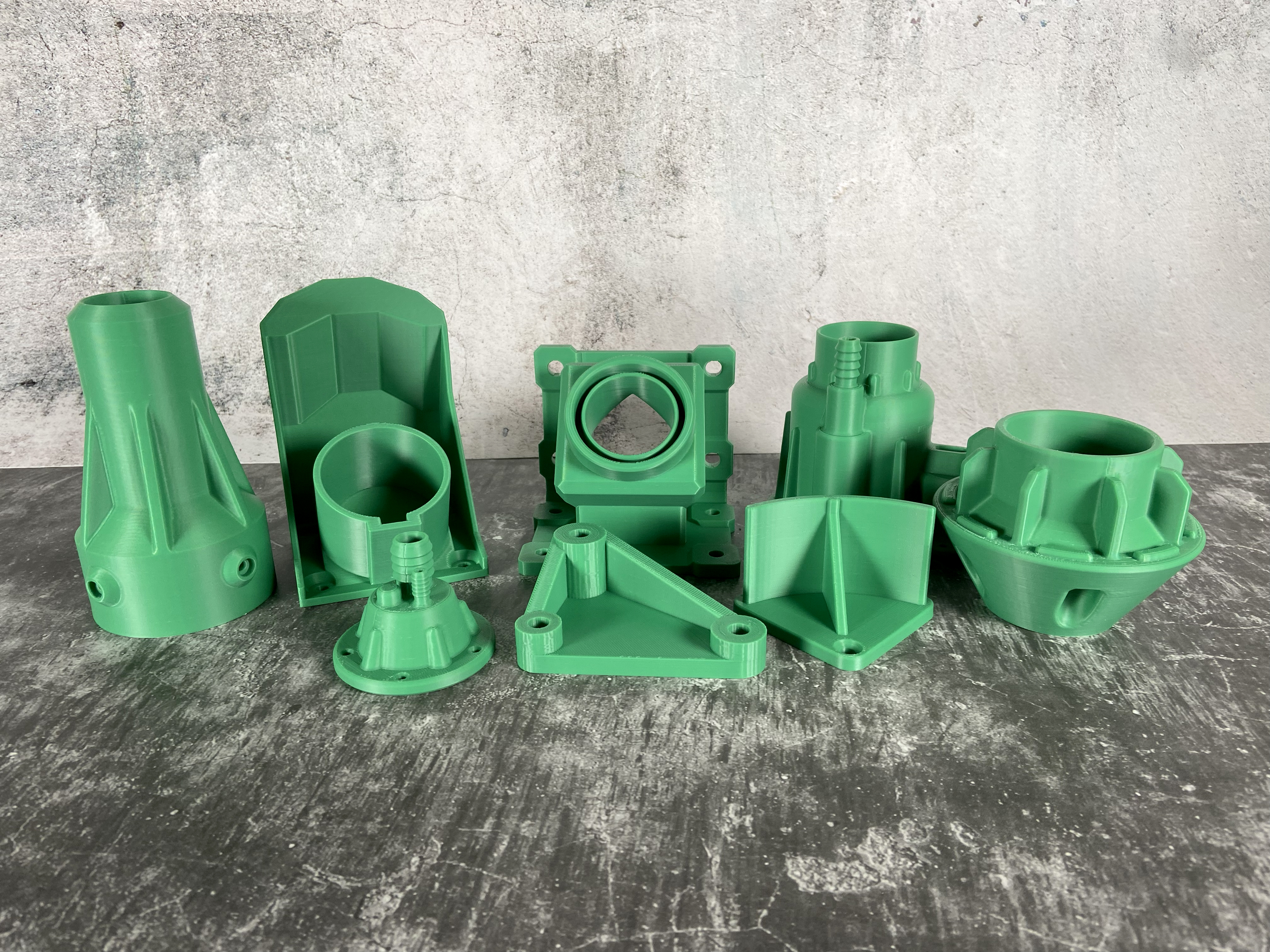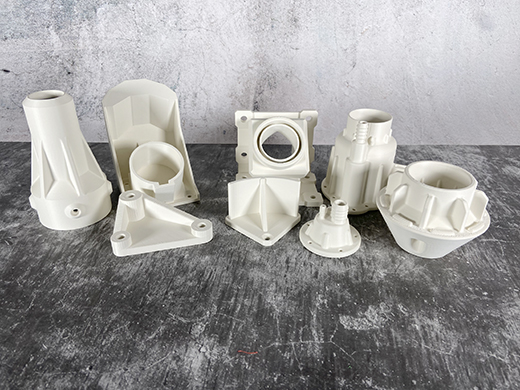- Strong UV Resistance
- High impact resistance
- Good thermal stability
- Toxic Fumes if inhaled in large quantities
- Warping and Shrinking
- Mildly Hygroscopic

Acrylonitrile styrene acrylate (ASA) is a thermoplastic that is getting more popular by the day. ASA filament has many properties that make it good for engineering and outdoor purposes.
ASA 3D filament is the new and improved cousin of ABS filament, which we have all heard of. ASA has many benefits that are like ABS but without some of its drawbacks. The most notable features include strength, rigidness, extreme resistance to chemical exposure and heat. It is designed for professional use. Most often it is used to produce prototypes, which must withstand higher temperatures and needs to be UV resistant.
Finished products that are made of ASA filament are exceptionally durable and impact resistant. They can be exposed to the sun and heat, and they won’t change shape or color. For example, 3D prints made of ABS filament are more delicate regarding the exposure to the sun and tend to denature and get yellow if left outdoors. You won't have those kinds of problems with ASA; it can stay in the sun for years without deforming or changing colors. Another benefit to using ASA filament over ABS filament is that it warps less during 3D printing, just be careful with how you adjust your cooling fan; ASA can crack at the layers if your 3D print cooling is too strong.
ASA filament can be a little difficult to 3D print because it’s sensitive to heat while being 3D printed, but you can still print it with a 3D printer that doesn't have an enclosure. However, after printing, ASA parts are very heat-resistant and durable, this why is an excellent choice for making birdhouses, custom garden equipment, replacement outlet covers, automotive exterior parts, housing components, sporting goods, and other outdoor parts and fixtures.
Common Applications
Outdoor electronic housings
Exterior signage
Automotive exterior parts
Pros
Cons
Printing Recommendations:
Nozzle temperature: 240–260°C
Heated bed: Recommended 100–120°C
Enclosure Print speed:50–100 mm/s
Build platform: Glass bed, Kapton tape, Blue tape, etc.


